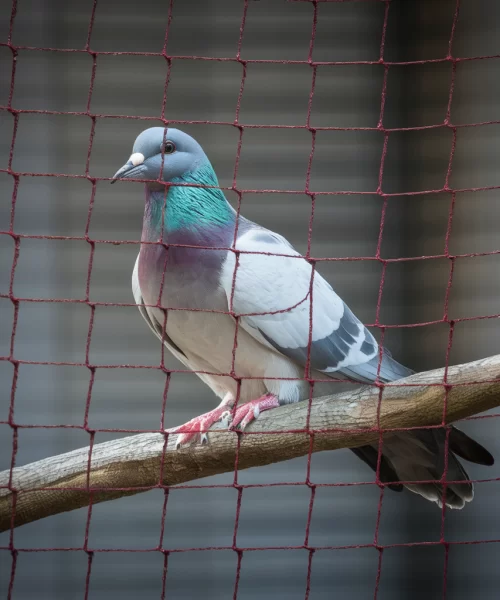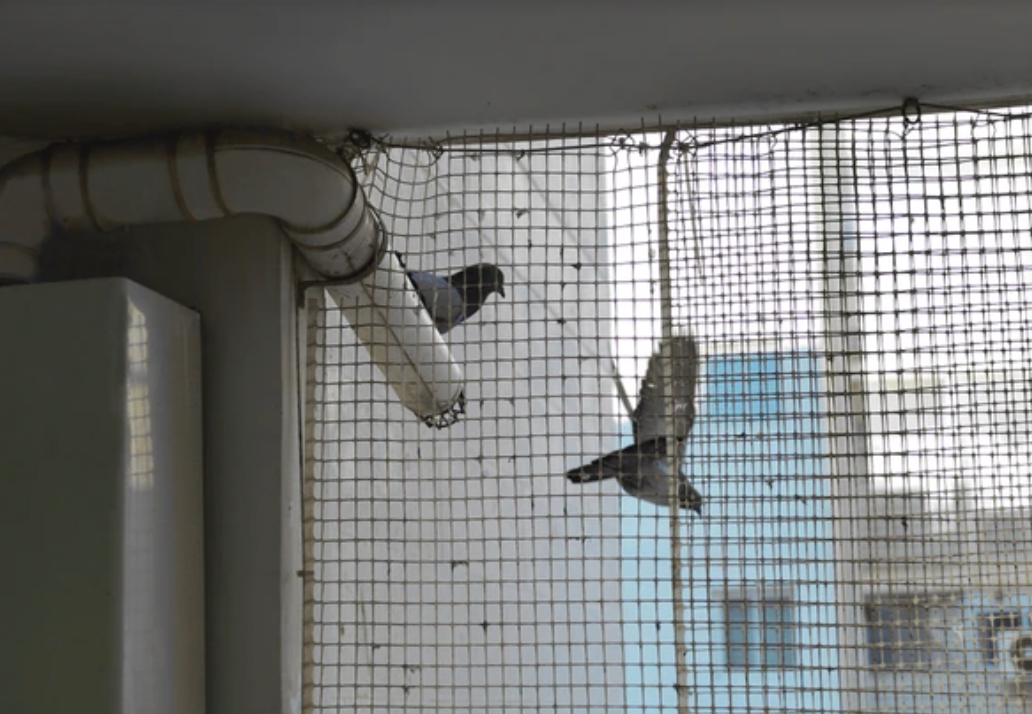PIGEON SAFETY NETS
Pigeon Safety Nets
Pigeons might be charming to some, but they can be a real nuisance, especially in urban areas. They nest in balconies, rooftops, and other nooks of buildings, leaving behind droppings that can damage property and pose health risks. One effective solution to this problem is pigeon safety nets. Let’s delve into why these nets are essential, how they work, and what you need to know about them.
What are Pigeon Safety Nets?
Definition and Purpose
Pigeon safety nets are protective barriers installed on buildings and other structures to prevent pigeons from entering and nesting in unwanted areas. They are designed to keep pigeons out without harming them, ensuring both the protection of property and the safety of the birds.
Materials Used in Pigeon Safety Nets
These nets are typically made from durable materials such as nylon, polycarbonate, or stainless steel. Each type of material offers different benefits, including strength, longevity, and resistance to weather conditions.



Benefits of Installing Pigeon Safety Nets
Protecting Property and Health
Pigeon droppings are not only unsightly but can also cause significant damage to buildings. The acidic nature of their droppings can erode surfaces over time, leading to costly repairs. Moreover, pigeons can carry diseases that are transmissible to humans, making it essential to keep them at bay.
Preventing Pigeon Nesting and Breeding
By installing pigeon safety nets, you prevent pigeons from finding suitable nesting spots on your property. This helps control their population and reduces the chances of a large pigeon colony establishing itself in your area.
Maintaining Cleanliness
Pigeon droppings can create unsanitary conditions. By keeping pigeons away, you maintain a cleaner environment, which is particularly important for areas like balconies, air conditioning units, and ventilation systems.
Types of Pigeon Safety Nets
Nylon Pigeon Nets
Nylon nets are popular due to their flexibility and strength. They are resistant to weather changes and can last for several years with proper maintenance.
Polycarbonate Pigeon Nets
Polycarbonate nets are known for their durability and sturdiness. They are ideal for areas exposed to harsh weather conditions as they can withstand strong winds and heavy rainfall.
Stainless Steel Pigeon Nets
Stainless steel nets offer the highest level of durability. They are resistant to rust and corrosion, making them a long-lasting option for pigeon control.
How to Choose the Right Pigeon Safety Net
Assessing Your Needs
Consider the specific areas where pigeons are a problem. Balconies, rooftops, and ledges might require different types of nets based on exposure to elements and the extent of the pigeon problem.
Considering Durability and Maintenance
Choose a net that balances durability with ease of maintenance. Some materials may require more frequent cleaning or repairs, so consider your ability to maintain the net over time.
Budget Considerations
While cost is an important factor, it’s essential to consider the long-term benefits. Investing in a high-quality net might be more cost-effective in the long run, compared to frequent replacements of cheaper alternatives.
Installation of Pigeon Safety Nets
DIY Installation Tips
If you’re handy with tools, you might consider installing the nets yourself. Ensure you have the right measurements and secure all corners tightly to prevent gaps where pigeons can enter.
Professional Installation Services
For those who prefer a hassle-free solution, professional installation services are available. Experts can ensure the nets are installed correctly and efficiently, providing peace of mind.
Safety Precautions During Installation
Always prioritize safety. Use appropriate gear when working at heights, and ensure that the installation does not inadvertently harm the birds or other wildlife.
Maintenance of Pigeon Safety Nets
Regular Cleaning Tips
Keep the nets clean by removing debris and washing them periodically. This helps maintain their effectiveness and prolongs their lifespan.
Inspecting for Damage
Regularly inspect the nets for any tears or loose fittings. Early detection of damage can prevent larger issues and ensure continuous protection.
Repair and Replacement Guidelines
Repair any minor damages promptly. If the net is significantly worn out, consider replacing it to maintain optimal performance.
Environmental Impact of Pigeon Safety Nets
Eco-Friendly Materials
Opt for nets made from eco-friendly materials that minimize environmental impact. This choice supports sustainable practices while effectively controlling pigeon populations.
Reducing Harm to Birds
Proper installation and maintenance of pigeon safety nets ensure that birds are not harmed. The goal is to deter pigeons humanely, preventing unnecessary injury.
Common Myths About Pigeon Safety Nets
Myth: Pigeon Nets Harm Birds
Contrary to popular belief, pigeon nets are designed to deter, not harm. When installed correctly, they create a barrier that prevents pigeons from accessing certain areas without causing injury.
Myth: Pigeon Nets are Ugly and Distracting
Modern pigeon nets are designed to be as unobtrusive as possible. They come in various colors and styles to blend in with building aesthetics, making them hardly noticeable.
Myth: Pigeon Nets are Expensive
While initial costs can vary, pigeon nets are a cost-effective solution in the long run. They prevent damage and reduce maintenance costs associated with pigeon problems.
Pigeon Safety Nets and Legal Considerations
Local Regulations and Compliance
It’s essential to check local regulations regarding the installation of pigeon nets. Some areas have specific guidelines to ensure humane treatment of birds.
Ensuring Humane Treatment of Pigeons
Always choose nets that are approved for humane pigeon control. This ensures compliance with legal standards and promotes ethical practices.
